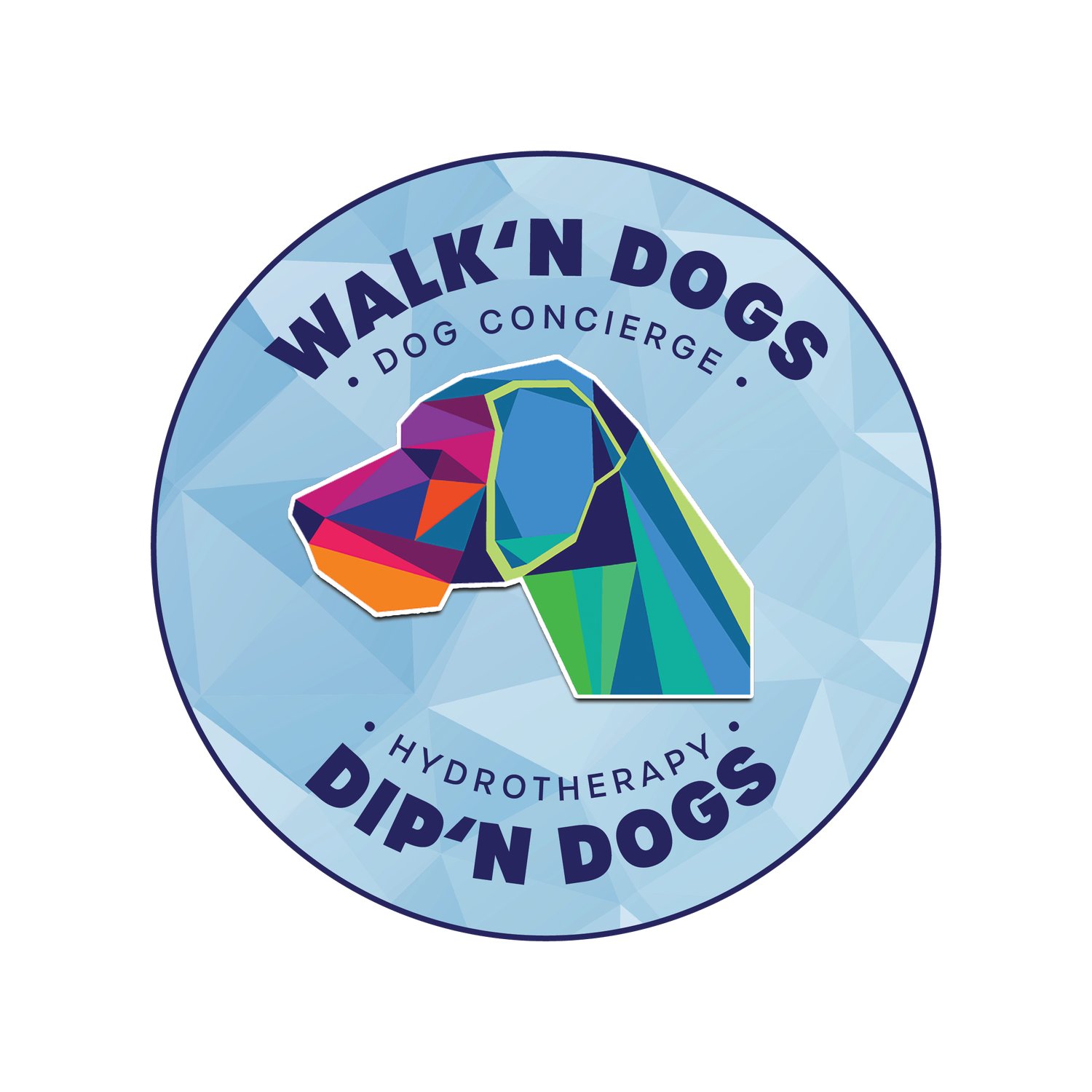Dog Bloat: Causes, Signs & Symptoms
Have you heard of bloat? If you’ve got a dog at home, this disease is something you should learn about. In humans, bloat, also known as gastric dilatation-volvulus (GDV) complex, is pretty harmless. For dogs though, this disease can be extremely dangerous and life threatening. It is important to take the time to educate yourself and you’ll be prepared for indicators of trouble. This is especially important for dogs who are active with swimming, running or exercise in general.
What is Bloat in Dogs?
Gas accumulation alone is known as bloat, or dilatation. The accumulation of gas sometimes causes the stomach to rotate or twist on its axis; this is referred to as torsion or volvulus. As a dog’s stomach fills with air, pressure builds and this pressure prevents blood from the back legs and abdomen from returning to the heart. So, blood gathers at the back end of the dog’s body, lessening the blood volume and sending the dog into shock. “Bloats without torsion can last for minutes to hours, even days in low-level chronic situations, without it becoming life-threatening. But with torsion, the dog can progress to shock rapidly, even within minutes,” explains Alicia Faggella DVM, DACVECC, a board-certified specialist in veterinary emergency and critical care.
“A dog can go into shock from bloat because the stomach expands, putting pressure on several large arteries and veins. Blood does not get through the body as quickly as it should,” continues Dr. Faggella. In addition, the blood supply gets cut off to the stomach, which can cause tissue to die, while toxic products build up.
“If this isn’t enough, there is yet another scary thing that happens, and it is devastating to see. As the stomach flips, it drags the spleen and pancreas along with it, cutting off the blood flow. The oxygen-starved pancreas produces some very toxic hormones. One, in particular, targets the heart and stops it cold. In fact, a dog can go through successful treatment and seem to be out of danger, when suddenly the heart stops.”- AKC
Bloat is unfortunately the top cause of death for several large and giant breeds in dogs. According to research, Great Danes have the highest likelihood of experiencing bloat. Bloodhounds, Irish Wolfhounds, Irish Setters, Akitas, standard Poodles, German Shepherds, and Boxers are other breeds at a higher than average risk of having a bloat episode. However, all dogs can experience bloat. It’s important that you know the signs.
Symptoms of Bloat
Like in humans, one of the signs of bloat is pretty simple to notice quickly. Your dog may also pant or display signs of restlessness:
Unproductive vomiting
Apparent distress
Distended abdomen, which may or may not be visible
Restlessness
Excessive salivation/drooling
Panting
The dog’s stomach is hard or feels taut to the touch
Pacing
Repeated turning to look at flank/abdomen
How to Treat Bloat
If you notice your dog exhibiting any of the symptoms above, get your pup to their veterinarian straight away. Bloat cannot be treated at home. When in doubt, call your vet or a local emergency pet hospital. No matter what, don’t “wait and see.” Concerns of bloat should be taken very seriously. Treatment for bloat is complex and must be administered by a trained professional.
How To Prevent Bloat
First, there are some risk factors to know. Any dog can get this disease, however, some are more susceptible to it. Dogs with the greatest risk of developing bloat have chests that are deep and narrow. The study also showed that lean dogs were at higher risk than overweight dogs and older dogs also have a higher risk.
These are some preventative measures you can take:
Give your dog several small meals a day
DO NOT give your dog a raised food bowl unless prescribed by a Vet
Allow smaller amounts of drinking water more frequently
Try not to give her brisk exercise after a large meal - wait at least a few hours
Keep your pup from eating garbage or other food that may give him gas
Help your dog eat slower with a slow feeder bowl
If a dog has relatives (parents, siblings, or offspring) who have suffered from bloat, there is a higher chance he will develop bloat. Dogs who are fed one large meal per day are twice as likely to bloat as those fed two meals a day. Rate of eating is also a contributor. Fast eaters have five times the risk then dogs that are slow eaters. Stressed dogs and those that are hyperactive are also more likely to bloat. Unhappy or fearful dogs are twice as likely to bloat as those that are happy.
Educate Yourself & Be Aware
Even if you take all the preventative steps, your dog may still have a bloat episode. The most important thing to remember is if you fear your dog has the disease, get them to the vet as soon as possible-DO NOT WAIT! This condition is extremely dangerous.

